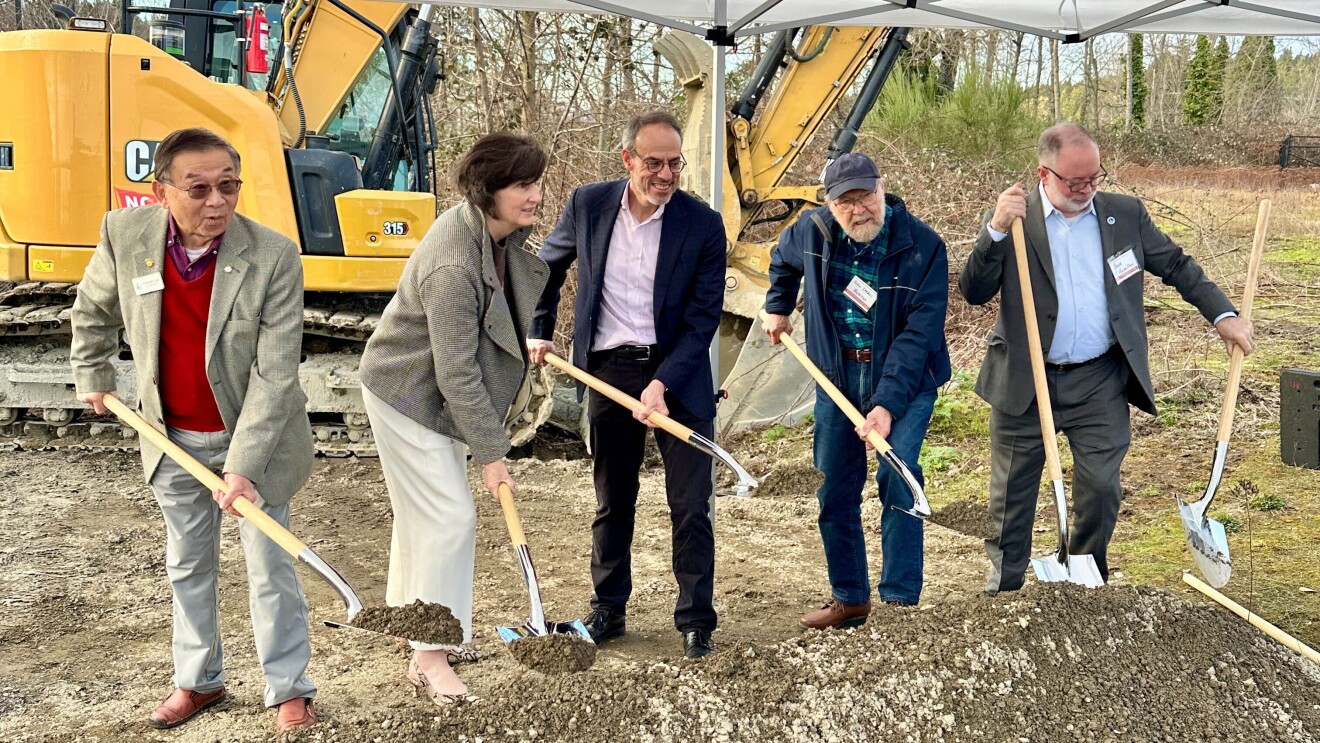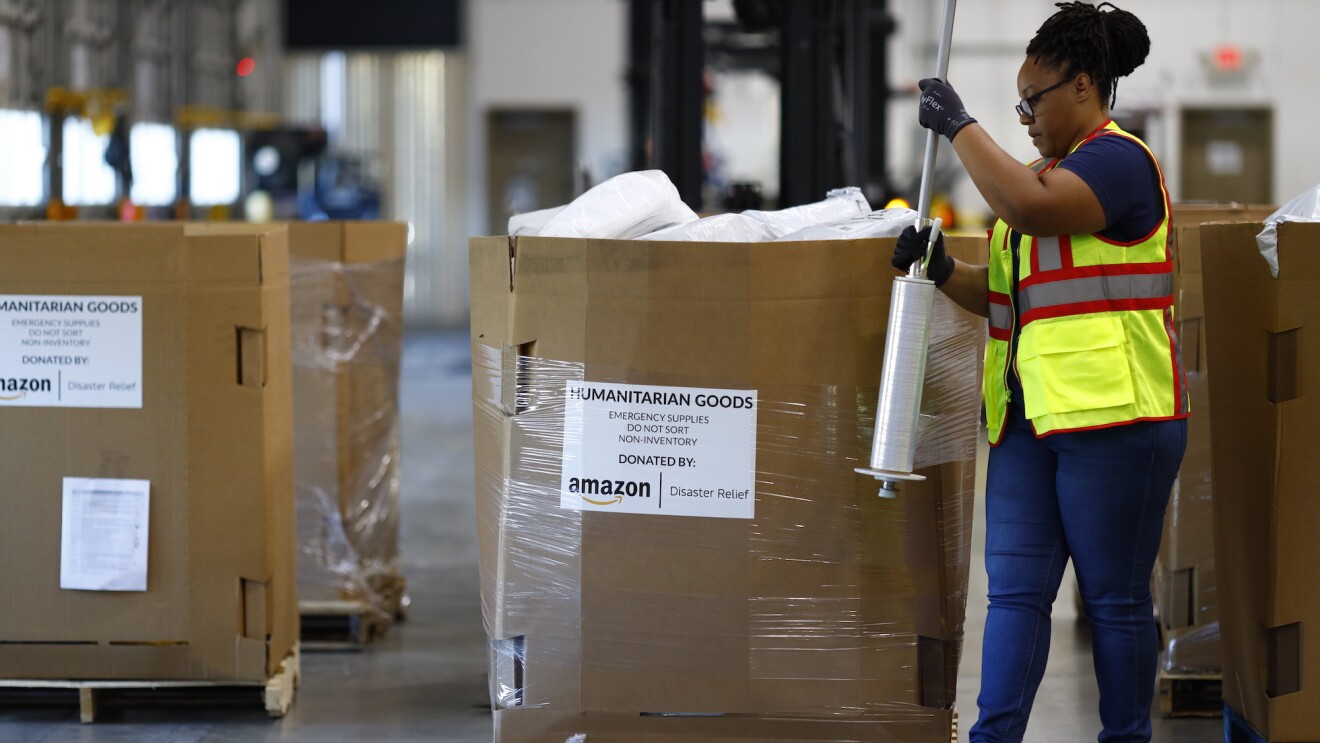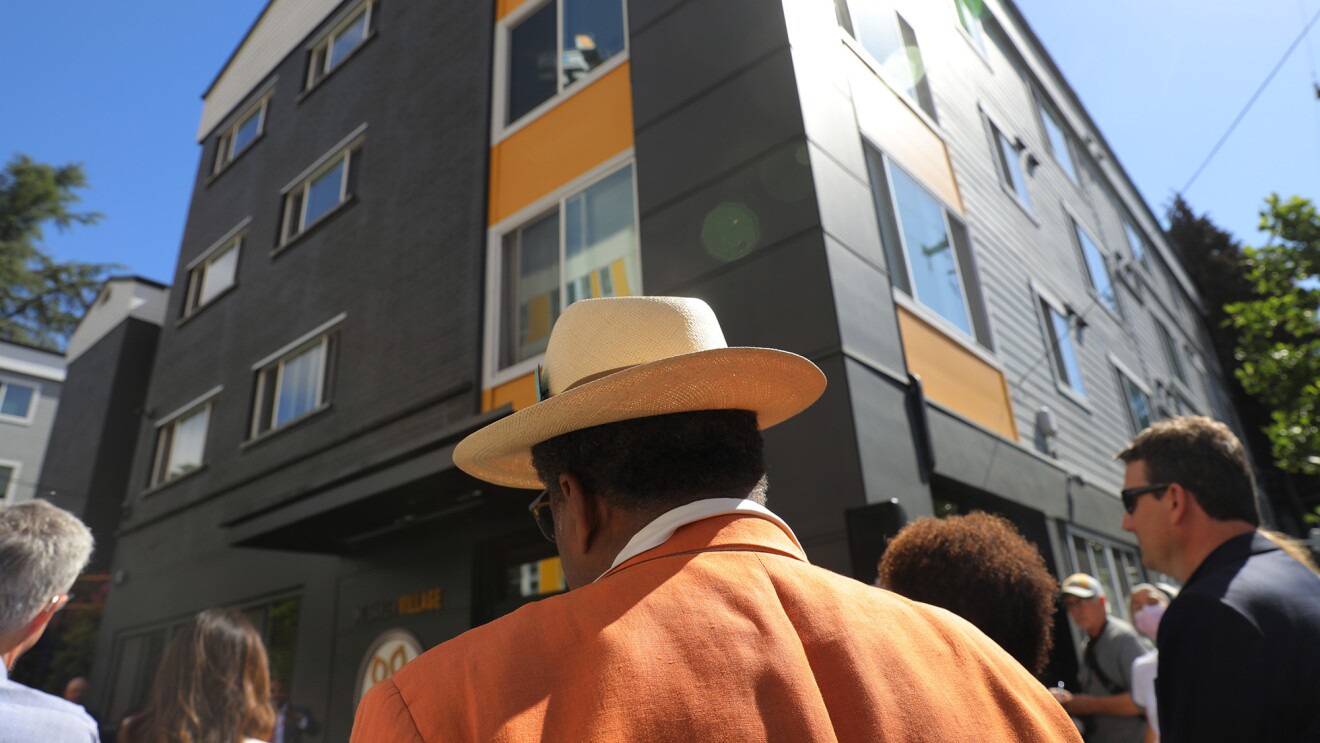Amid the COVID-19 pandemic, Amazon Future Engineer is more than doubling its reach to support more than 5,000 schools. Amazon Future Engineer has plans to add more than 3,000 new schools across the U.S., benefitting more than 550,000 K-12 students. Nearly all Amazon Future Engineer schools serve a student body with a significant percentage of students from groups currently underrepresented in computer science and tech. Hundreds of these schools are rural, and more than 80% are Title I schools. Students can complete all Amazon Future Engineer coursework virtually, which ensures they can start the school year from home, stay on track, and continue to prepare for the jobs of the future.
Amazon Future Engineer also launched the Amazon Cyber Robotics Challenge—a free, virtual, first-of-its-kind coding competition that teaches students the basics of computer science in the context of a real-life industry challenge. Teachers from Title I schools who complete this competition will also be eligible for free, expanded virtual robotics lessons to further support their students while they learn from home.
01 / 08
"The start of this new school year is unlike any before, with students, parents, and teachers adjusting to remote learning, said Jeff Wilke, CEO, worldwide consumer, Amazon. "This is a challenge for all students, but particularly those from underserved and underrepresented communities. We are hopeful that our Amazon Future Engineer coursework, which adapts easily to a virtual setting, will continue to equip these hard-working students with the skills they’ll need—and that society will need—for a bright future."
The need for high quality computer science education is more important than ever, especially amid the COVID-19 pandemic. The Bureau of Labor Statistics (BLS) projects that from 2014 to 2024, the market for computer science professionals will grow twice as fast as the rest of the labor market. BLS research also shows that in 2019, the median annual salary for computer science occupations was approximately $48,000 greater than the median wage for all occupations in the U.S. What’s more, while the number of Black students obtaining STEM degrees has increased over the last two decades, Black professionals remain underrepresented within American science and engineering enterprises. The National Science Board (NSB) estimates that the number of Black professionals in science and engineering must more than double to be representative of Black people in the U.S. population in 2030.
In an Amazon-commissioned study, tech analyst Carolina Milanesi explored this timely need for computer science education access, like Amazon Future Engineer, to build a more diverse, equitable workforce.
"The current digital skill set shortage and lack of diversity in computer science professions should be top of mind for educators as well as the public and private sector," she explained. "Unless we invest in training educators in STEM and deliver quality computer science education to all children, we run a serious risk of being unable to fulfill the jobs demand by 2030. The study I conducted draws from extensive research on the role STEM and computer science play in equipping children with the critical skill sets they will need to succeed in their career. The data also shows the correlation between lack of role models and support at a school age and the lack of interest in pursuing STEM related careers among women and people of color."
As part of Amazon Future Engineer’s expansion, the program will support more than 1,000 elementary schools and more than 4,000 middle and high schools with high-quality computer science courses, online support, and teacher professional development. Amazon Future Engineer’s expansion to elementary schools helps bridge equity skill gaps at a critical age, when students are just beginning to formulate ideas about their futures. Teachers and administrators can still apply here.

















